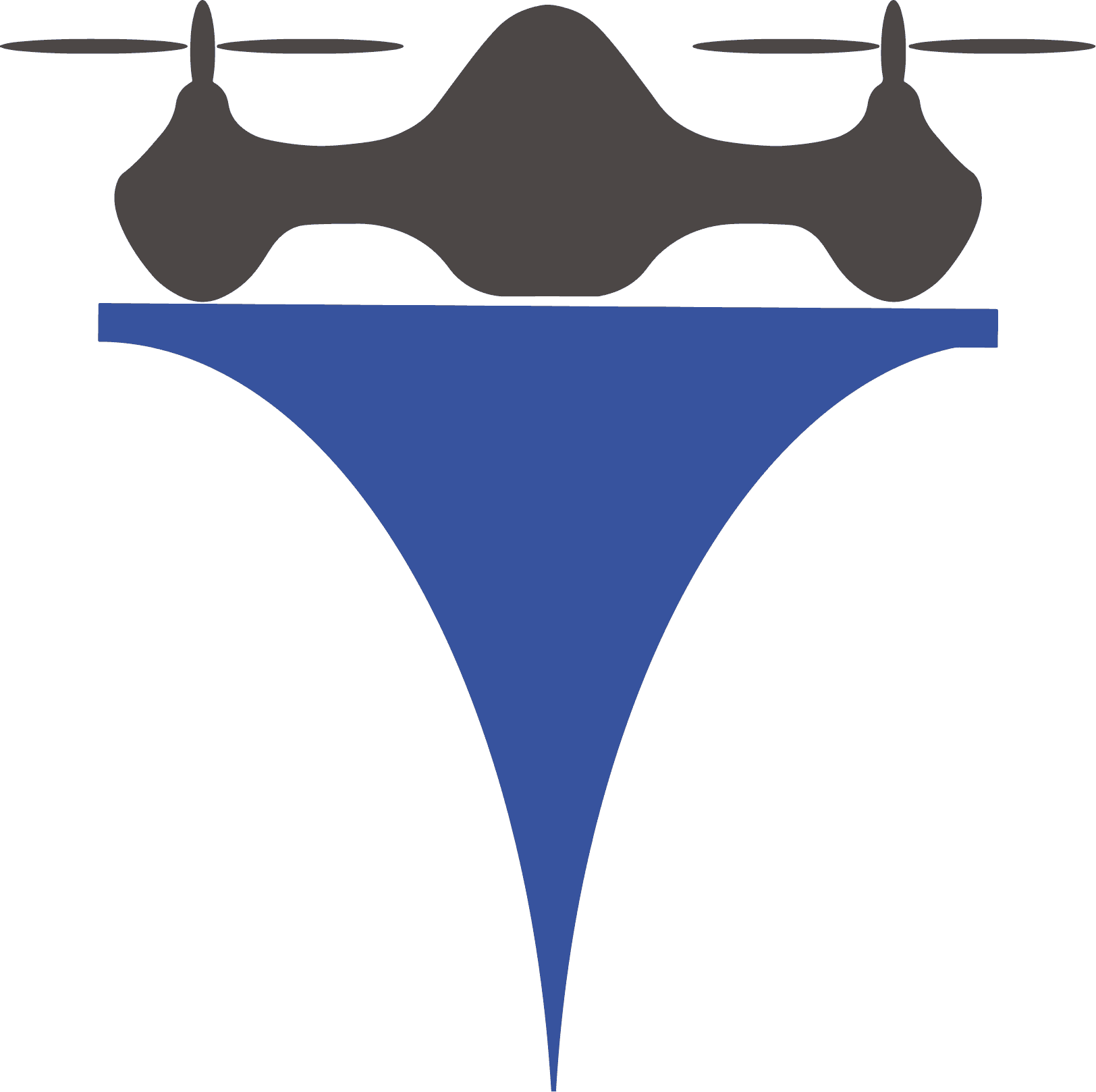
Selecting the Right Motor for Your Drone (Part 1)
by Chaitanya Khanna
28 November 2023
Introduction
Choosing the right motor for your drone is a critical decision that can significantly impact its performance. In this blog post, we will explore the various types of motors available and delve into why Brushless DC (BLDC) motors stand out as the preferred choice for drones.
Types of Motors
Before we dive into the specifics of BLDC motors, let's take a brief look at the various types of motors used in different applications:
Direct Current (DC) Motors:
There are two primary types of DC motors:
Brushed DC Motors:
Operation: These motors consist of a rotor with windings and a stator with permanent magnets or electromagnets. The rotor windings are connected to a commutator and brushes, which switch the current direction in the windings as the rotor turns, creating motion.
Applications: Brushed DC motors have been used in various applications, including toys, small household appliances, and initial drone designs. Their low cost and simplicity made them popular in the past.

Brushless DC (BLDC) Motors:
Operation: BLDC motors are more sophisticated, using electronic commutation instead of brushes and a commutator. They feature a rotor with permanent magnets and a stator with electromagnets. An external controller precisely controls the switching of the electromagnets, resulting in a rotating magnetic field and rotor motion.
Applications: BLDC motors have become the standard for modern drones, electric vehicles, industrial automation, and more. Their efficiency, reliability, and precise control make them ideal for advanced applications.

Alternating Current (AC) Motors:

Synchronous AC Motors: These motors rotate at a constant speed determined by the frequency of the AC power source, which may not be suitable for drone applications.
Asynchronous AC Motors (Induction Motors): They do not rotate at a constant speed and are commonly used in various applications, but they may lack the precise control required for drones.
Stepper Motors:
Unipolar Stepper Motors: Stepper motors move in fixed angular increments and are often used in applications that require precise positioning but are less common in drones.
Bipolar Stepper Motors: These motors are known for their higher torque and are used in specific applications like CNC machines and 3D printers.

Servo Motors:
Servo motors provide precise control of position and speed and are widely used in robotics and industrial automation. However, they may not be the primary choice for drone propulsion.

Linear Motors:
Linear motors provide linear motion instead of rotational motion and are often used in high-precision applications such as laser cutting and magnetic levitation (maglev) systems.

Piezoelectric Motors:
These motors use the piezoelectric effect to generate motion and find applications in nanotechnology, precision optics, and medical devices.

Why Brushless DC (BLDC) Motors for Drones?
Among the various motor types, BLDC motors have emerged as the preferred choice for drones. Here are some key reasons why BLDC motors are well-suited for drone applications:
Efficiency: BLDC motors are highly efficient, meaning they can convert a larger percentage of electrical power into mechanical power. This efficiency is crucial for maximising flight time and conserving battery power.
Power-to-Weight Ratio: BLDC motors offer a favourable power-to-weight ratio, making them suitable for drones where weight is a critical factor for flight performance.
Reliability: BLDC motors have a longer lifespan and require less maintenance compared to brushed DC motors. This reliability is essential for drone applications, where downtime for repairs can be costly and inconvenient.
Precise Control: BLDC motors can be controlled with precision, allowing for stable and responsive drone flight. They can change rotational speed quickly, enabling agile manoeuvrability.
Low Heat Generation: BLDC motors generate less heat during operation, which is beneficial for preventing overheating issues, especially in enclosed spaces like the body of a drone.
Low Noise: BLDC motors tend to be quieter than brushed motors, making them ideal for applications where noise is a concern.
Reduced Electromagnetic Interference: BLDC motors produce less electromagnetic interference, which can be important for drone avionics and communication systems.
While there are various types of motors available, BLDC motors have demonstrated their suitability for drones through their efficiency, reliability, power-to-weight ratio, and control precision. These advantages directly impact the performance and endurance of drones, making BLDC motors the preferred choice for drone enthusiasts and professionals.
Ultimately, the selection should align with your drone's size, purpose, and performance requirements. Evaluate your project's demands and constraints to determine whether an Outrunner or Inrunner BLDC motor is the best fit for your drone.For further clarification on how to choose among which similar type of motor with different ratings continue to Part 2 of the article ……
Related Blogs